Recently the Oakland University community was informed that a beaver had moved into the campus’s biological preserve and made itself at home. Indeed, since that announcement, we’ve been able to confirm that we are now host to a pair. And it’s now likely that OU’s population will grow, come spring, with baby beaver, known as kits. OU’s pair of beaver have offered the OU community their life-giving brilliance and have constructed a dam on Galloway Creek (which creates a pond) and a lodge, where their kits will be born.
Unfortunately, last year beaver were added to Michigan’s nuisance kill list. The goal of this decision was to reduce “conflicts” between humans and animals. As more forest and wetland fall to development, the answer, apparently, is to just kill everything that tries to live in the spaces that were once its home. What “conflicts” are we referring to exactly? Oakland University is now in a position to make a decision that either works with the beaver to accommodate their return (while meeting the needs of the campus) or that views our beaver family as pests and co-existence as “conflict.”
Before colonization of North America, beaver numbered somewhere between 60-400 million. In 2024 we can’t imagine what that landscape would have looked like because by the middle of the 19th century the fur trade had nearly caused their extinction and North America was a fur desert. Beaver pelts were in such high demand for hats that only an estimated 100,000 remained by the time the fashion trend was over. Conservation and education have brought this species back from the brink — only in 2024 to be labeled a pest, relegated and unprotected as a “nuisance.” Can we change this narrative?
It’s ironic that a beaver family would move into Oakland’s campus at the exact moment that we’re doing a search for a Director of Sustainability, and I would like to propose that Mr. or Mrs. Beaver would make an excellent candidate for the position.
One of the priorities that OU has listed in its job description is for the Director to “play a prominent leadership role in integrating academic programs, research projects, campus operations and strategic community engagement sustainability initiatives with communities throughout the region.” As a member of the campus team that has been monitoring water levels at the dam and tracking beaver activity, I can tell you that Mr. and Mrs. Beaver have already brought departments and offices and broader communities together. In order to even begin to think about co-existing with this ecosystem engineer, we’ve had to rally quickly and collaboratively with a variety of experts and communities to understand what their impact is and to act to accommodate them. And that’s just the human community. In addition, 85% of wildlife depend on the ecosystems that beaver create. Beaver are world-builders. And because they moderate floods and droughts and sequester greenhouse gases and increase landscape biodiversity, they make sustainability. No human can create a culture of sustainability (another priority for the Director position) faster than beaver. They’re a keystone species that have had a powerful role in co-evolution. Because of their dams, they taught salmon how to jump. What will they teach us? How can we co-evolve with them?
The job description for the Director of Sustainability also lists the work of laying the foundation for a “‘living building’ to be located on campus.” Living buildings are regenerative and connect people to light, air, food, nature, and community. Living buildings are also defined by their self-sufficiency and their ability to create a positive impact on the human and natural systems around them. That is the definition of a beaver dam. If we learn to co-exist with beaver we allow them to make our world one giant “living building.” We wouldn’t need to assign it to the human Director; we would just let beaver be beaver, which is to say, let them make sustainable worlds.
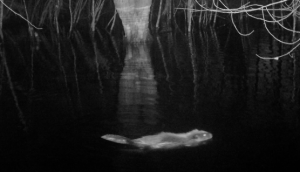
The Director job posting emphasizes “highly collaborative working relationships” with every conceivable staff, faculty, and administrative person on campus and throughout the region. We are, as a culture, I hope, finally in a place of understanding that the nature of sustainability work is collaborative, and, again, beaver are uniquely qualified. In Anishinaabe stories and worldview, beaver, known as “amik” in the original language of this land, is a world-builder because they’re experts at building consent and diplomacy. They are elders who teach humans reciprocity. Beaver are excellent neighbors who open their lodges to their biodiverse ecologies, letting muskrat, mink, and mice dwell and sleep with them. Muskrat, in turn, will help beaver with repairs and upkeep to their dam. They don’t just create new worlds of water, space, and land; they practice sharing and invite others into a world without want. Everyone has what they need. There is no “conflict.”
We recently experienced a large snow melt in tandem with (and caused by) a large amount of rain. Those of us monitoring the water levels in the pond and surrounding wetland recorded the event and responded under the supervision of a consultant, who can help us make our beaver family permanent members of our campus. There are many options for controlling water levels and therefore flooding. While the recent floods from the spring melt and rainfall didn’t threaten the campus, the golf course, or any human neighbors, we can use best practices that have proven successes and choose to implement simple solutions to mitigate any fears about those scenarios. There are consultants who know how to install flow devices, diversion fences, and dam analogs. Beaver dams no longer need to be considered threats. Ask the residents of Martinez, California, who decided to celebrate the beavers who moved into the middle of their town. They learned not only how to co-exist but to love their beaver.
Obviously, Oakland will hire a human for its Director of Sustainability, but I hope this human understands how important our beaver family is to the work they’re doing.
And I hope that we, as a community, can learn how to co-exist too.



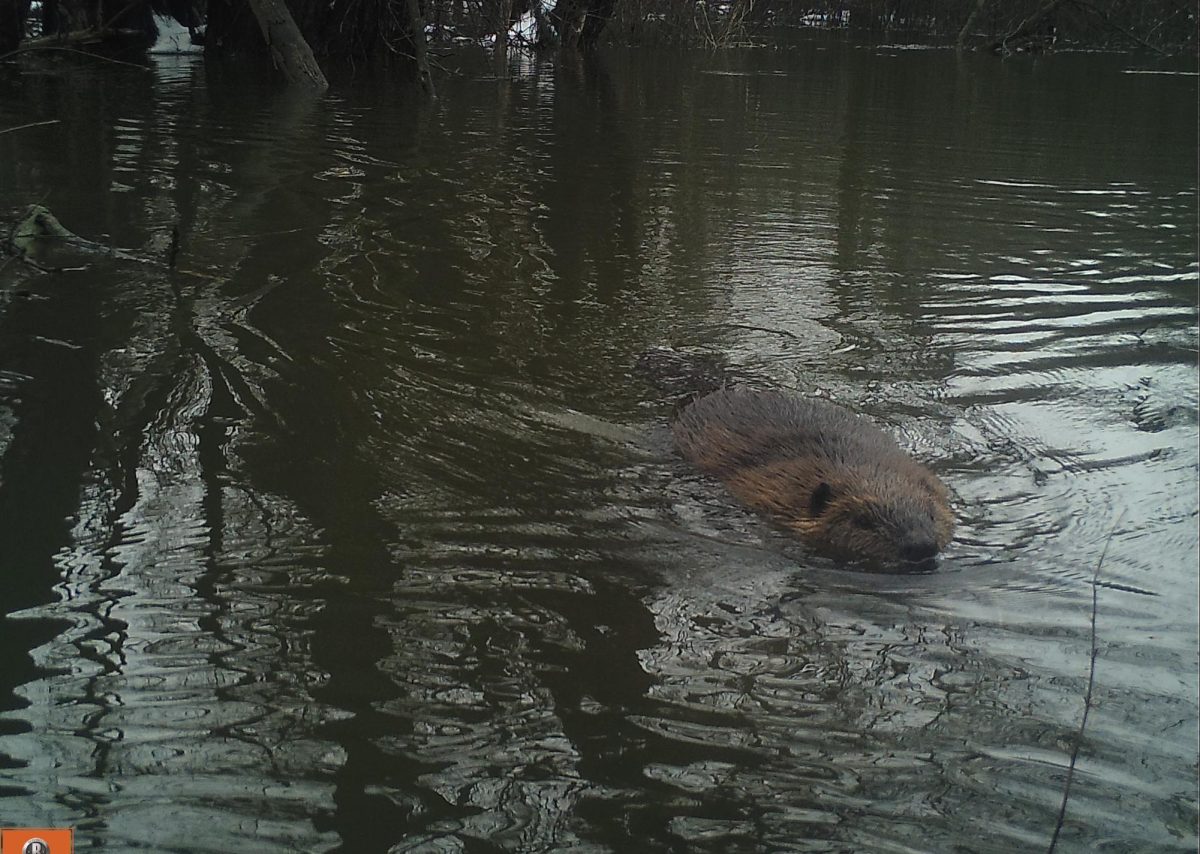



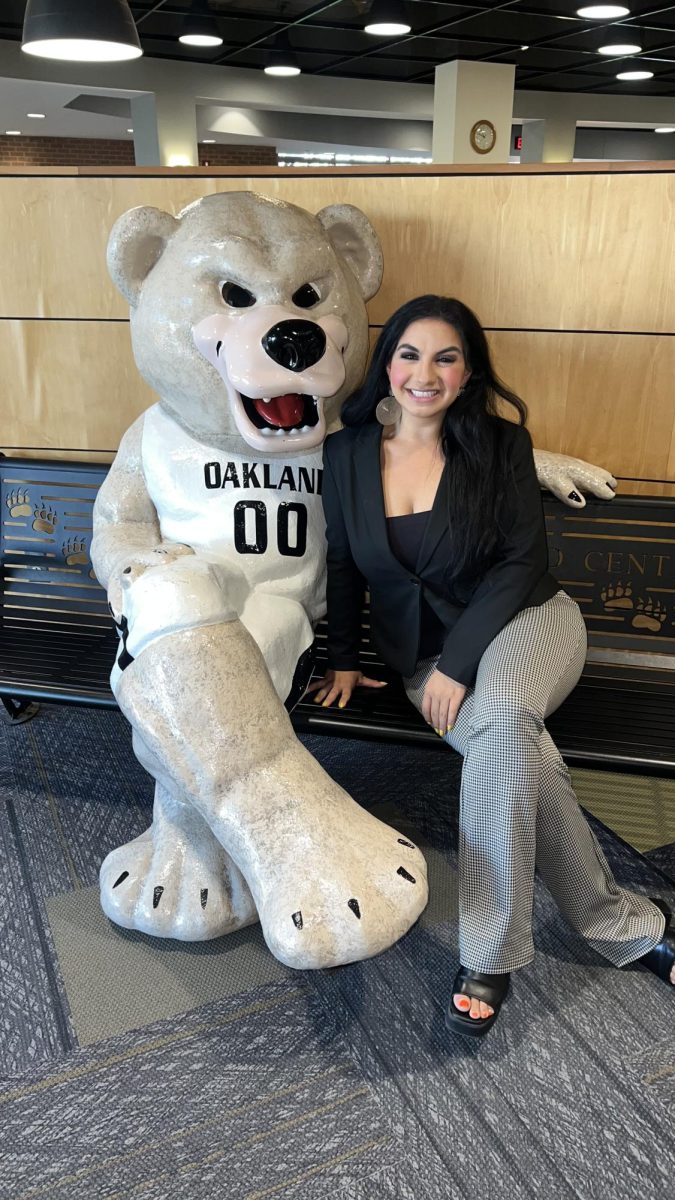

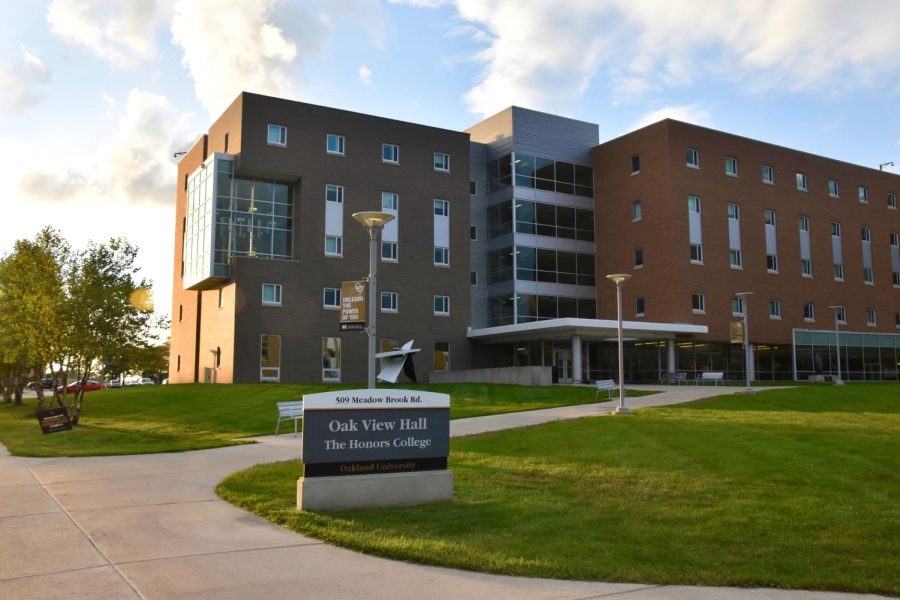


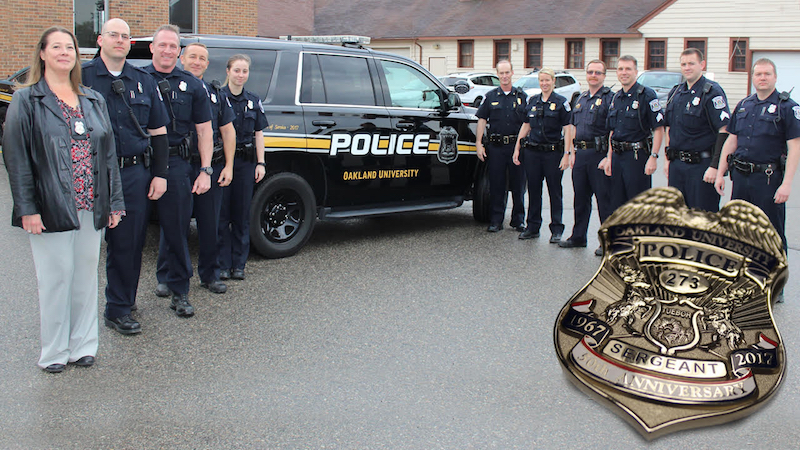
Debi • Mar 9, 2024 at 7:37 PM
The author is quite mistaken. Not only did we not have a large snow melt, thus has been the warmest and least snowy winter in state history. You can not extrapolate beaver damage based on one year’s data, especially when that dataset is statistically an extreme outlier.
The suggestion below to involve MSU is a good one. They have the experience as well as the data to analyze our situation here accurately…scientifically…and to suggest the various options available, perhaps ones that we are unaware even exist.
Immodest Proposal • Feb 29, 2024 at 1:26 AM
Have we considered replacing Ora and her unctuous Chief of Staff with the beavers? I’m just considering cost for value here.
Beth Wallis • Feb 22, 2024 at 4:29 PM
I could not be more thrilled that amik have chosen to build their home here. Bring on the kits!
John • Feb 22, 2024 at 3:47 PM
the beaver dam has closed a bridge and various hiking paths on campus. It has become a problem
Jim Clement • Feb 22, 2024 at 11:11 PM
Just curious, where on campus did they do this. I have not seen it anywhere.
Michael Pollock • Feb 22, 2024 at 2:06 PM
I find it Orwellian to see “killing” rebranded as “reducing conflict”. Killing is conflict, the worst possible kind. DNR Acting Director Shannon Lott seriously needs some ethics training. Worse still, beaver are increasingly being recognized as a solution to numerous environmental problems, not themselves a problem. The state of Oregon (the beaver state!) just removed beaver from its list of nuisance species, and California just instituted a Beaver Restoration Program. Director Lott’s thinking on this issue is extremely misguided and speaks to a profound ignorance that makes me question her fitness for such an important position.
Calvin • Feb 25, 2024 at 6:34 PM
While I have neither love nor respect for the DNR, as they routinely ignore science for the sake of money and/or convenience, the damage which a single pair of beavers can do is astounding. A resident family would become problematic extremely quickly. Between the localized deforestation they cause, along with flooding caused by the damming of waterways which are relied upon by humans for drainage, it is usually not simply a matter of respect for wildlife.
That said, I am not in favor of simply dispatching these creatures wantonly. Biologists and hydrologists from MSU (not the DNR) should be called in to assess the situation in order to determine exactly what the risks are, and if the University deems them to be too high then relocation of the animals should be done. Given that the beavers don’t contribute tuition money to Pesco’s “retirement fund” like the rest of us, my guess is that they will simply disappear in the night at some point, like protesters against communism used to in the USSR.
And FWIW, Mike…Oregon delisted the beavers only because their nuisance kill program worked so very well. They did not delist them out of the kindness of their hearts.
Animal Lover • Feb 22, 2024 at 1:15 PM
The thought that the Beaver could hold the position as someone with actual skin in the game is very much along the lines of what the founders of the University had in mind. Stewards invested in the growth and welfare of all the constituents and inhabitants of the former Dodge Farm instead of a bureaucrat only interested in the next step in their career.
Jean • Feb 22, 2024 at 12:34 PM
Our shared love of our beaver family in Martinez, the home of John Muir, brought people together as a community. We watched them in awe and wonder bring to Alhambra Creek turtles, fish, otters, mink, assortment of ducks and birds, and invertebrates for foods. Everything thrived. We were able to mitigate flood fears by installing a flow device, an easy fix. Trees were saved by two easy fixes. Our community coexisted happily for four or so years with our generations of beavers until the most destructive animal on our planet,
the human being, poisoned them. So, celebrate them, welcome them, encourage them to build their families. You University community will thrive also.
Heidi Perryan • Feb 22, 2024 at 9:56 AM
What a fantastic letter, I love the idea of the beavers heading the department of sustainability!
Heidi
Calvin • Feb 25, 2024 at 6:35 PM
They are certainly more capable than many of this institution’s top administrators, that is for sure!